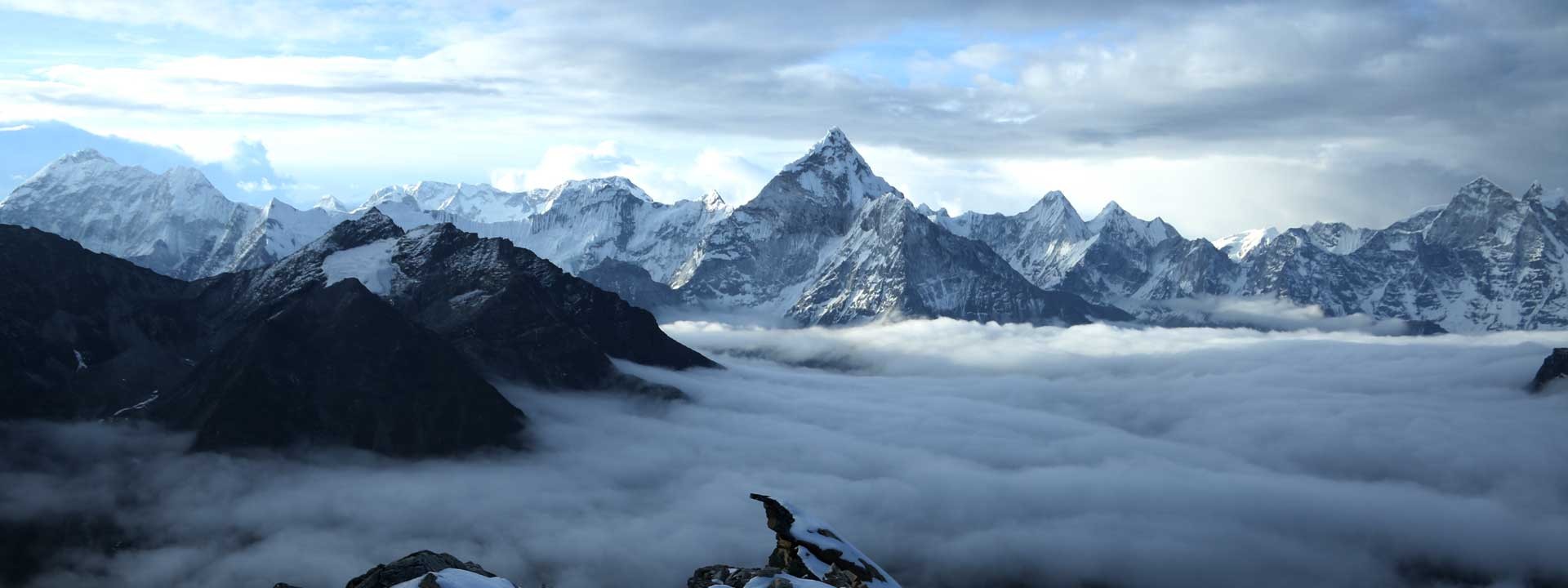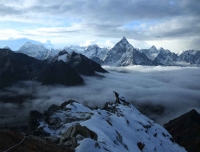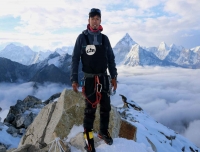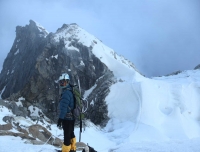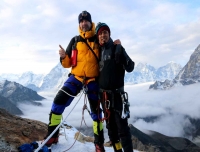The Everest Base Camp with Lobuche East Peak Climbing is a special adventure that combines two journeys into one. You get to visit two amazing places, Everest Base Camp and climb Lobuche East Peak, while saving time and making your trip more efficient. It's an unforgettable journey of a lifetime!
Lobuche East Peak is a prestigious summit in the Everest Khumbu Himalayan Range, towering at an altitude of 6119 meters. The ascent to this peak can be attempted through various paths, however, we follow the route to Everest Base Camp and Kalapatthar before eventually ascending to Lobuche East Peak. The trail to the summit is studded with many alluring attractions such as Namche Bazar, Tengboche monastery, Pangboche, Dingboche, and Kalapatthar, among others. While the climb is comparatively easier than some of the other mountain expeditions, the technical difficulty of Lobuche peak climbing demands some ice-climbing skills to negotiate steep, vertical, and snowy sections.
Embarking on the Everest Base Camp with Lobuche East Peak climbing expedition is a demanding feat, requiring physical fitness and endurance to withstand the harsh climate and thin air. As the climb is technically challenging, with steep and rocky terrain, a requisite proficiency in handling ice, axe, and ropes is essential for a successful ascent. The magnificent views of towering peaks such as Mt. Pumori, Mt. Tawache, Mt. Everest, Khumbu Himal, Khumbu icefall, and others serve as a fitting reward for the strenuous efforts exerted by the climbers.
The best time to embark on the Everest Base Camp and Climb Lobuche East Peak
During the pre-monsoon season (March to May) and the post-monsoon season (September to November), the weather is generally dry and stable, offering excellent trekking and climbing conditions. In the pre-monsoon season, the days are warm and sunny, with mild temperatures at night, making it an ideal time for trekking. The skies are clear, offering stunning views of the mountains. However, this season can be relatively crowded as it coincides with the peak trekking season in Nepal.
In the post-monsoon season, the weather is cooler, and the skies are generally clearer, offering excellent visibility of the mountains. The crowds are also thinner, making it a less crowded time to embark on the trek. It's important to note that the weather in the Himalayas can be unpredictable, and sudden changes in weather can occur at any time of the year. Therefore, it's crucial to be prepared for all weather conditions, regardless of the season.
